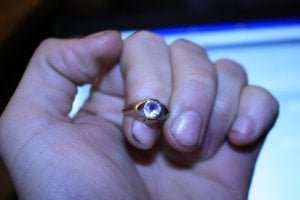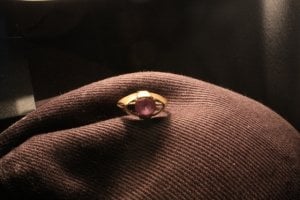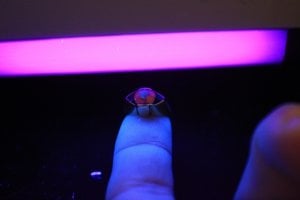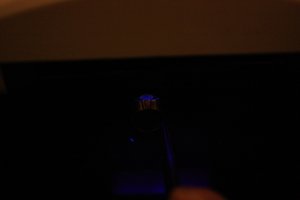Procer
Rough_Rock
- Joined
- Sep 28, 2009
- Messages
- 30
Dear Pricescope users.
I have a fun case I would like to share. I have a stone that looks and react likes an alexandrite, color changing in different lights with the right bluish green and peach red.
My results so far are:
Under the chelsea filter it is orange in incandescent light and bluish green in the middle and orange along the girdle in normal light under the same filter.
Under Long wave UV-light red and orange
Under Short wave UV-light it is bluish green.
The RI is= 1.77-176-176.5 and it has an oval shadow while looking through the looking glass.
My conclusion is that this is not a natural alexandrite but a synthetic variant of corundum, but the odd thing I find is that synthetic corundum under short wave UV light normally shows a reddish tone. Has I mis-concluded or is their some corundum variant that shows milky greenish under short wave?
I have a fun case I would like to share. I have a stone that looks and react likes an alexandrite, color changing in different lights with the right bluish green and peach red.
My results so far are:
Under the chelsea filter it is orange in incandescent light and bluish green in the middle and orange along the girdle in normal light under the same filter.
Under Long wave UV-light red and orange
Under Short wave UV-light it is bluish green.
The RI is= 1.77-176-176.5 and it has an oval shadow while looking through the looking glass.
My conclusion is that this is not a natural alexandrite but a synthetic variant of corundum, but the odd thing I find is that synthetic corundum under short wave UV light normally shows a reddish tone. Has I mis-concluded or is their some corundum variant that shows milky greenish under short wave?







300x240.png)